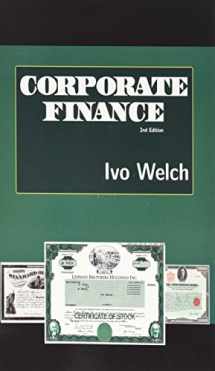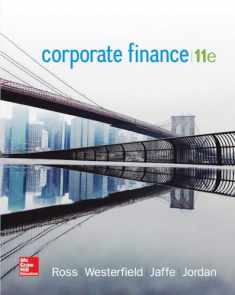
Corporate Finance
Book details
Summary
Description
This second edition maintains the approach of building up explanations from the simplest to ever-more complex scenarios. For example, rates of return, present values, and the law of one price are first explained in a world of certainty; then in a world with risk but no risk premium; followed by a world in which higher risk comes with higher expected returns; and finally in a world with imperfect markets. Numerical examples take center stage. Each step is easy. Students learn why the fundamentals make sense. That is, this book teaches not only the traditional finance canon, but also how to think in financial terms. This book is both more advanced and easier to understand than its competitors.
Other Book Highlights:
Its focus is valuation. Thus, it contains novel chapters about how to read financial statements from a finance rather than an accounting perspective, how to use comparables, and how to construct pro formas.
It consistently emphasizes the difference between the default (credit) premium and the risk (aversion)premium. Stated rates of return are always higher than expected rates.
It is honest about what financiers do and do not know. It shows where mistakes are forgivable and wherethey are not.
It features many small innovations. For example, an NPV checklist prevents common errors. The relationbetween tax-adjusted APV, WACC, and other perfect-market violations is demystified. The capital structure chapters explain how non-financial liabilities can finance the firm (and break M&M), how firms should act if financial markets are not efficient, and how stock returns greatly influence debt-ratio variation.
Chapters not normally covered in a first course are laid out in a (free) companion. In this sense, this book is more like a "Fundamentals" version, albeit included free.


We would LOVE it if you could help us and other readers by reviewing the book
Book review




